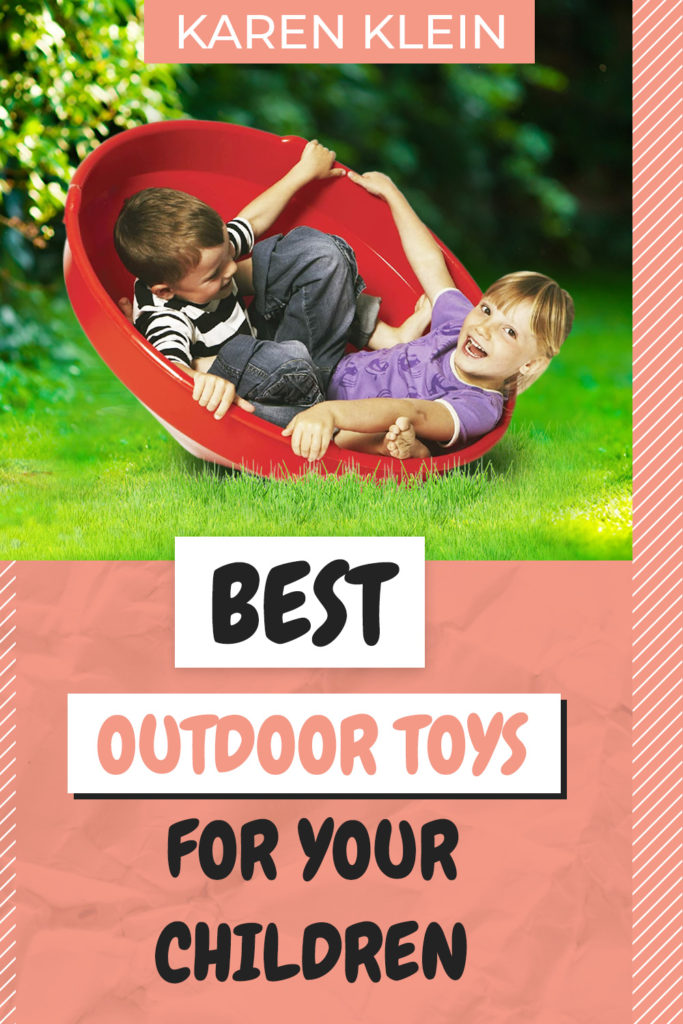
“Keep close to Nature’s heart… and break clear away, once in a while, and climb a mountain or spend a week in the woods. Wash your spirit clean.”
John Muir, also known as “John of the Mountains” and “Father of the National Parks”, was an influential Scottish-American naturalist, author, environmental philosopher, glaciologist, and early advocate for the preservation of wilderness in the United States of America.
This page contains affiliate links meaning I may earn a commission if you use them. I only recommend products I use and honestly trust. For more info read the full disclosure.
Hello,
I published an earlier post about indoor gross motor skills (you can read HERE).
Today, I wish to concentrate on OUTDOOR FUN GAMES to develop gross motor skills.
I will concentrate on 3 toy companies I know well and appreciate their products for that matter. All are high quality, best sellers and great outdoor fun games.
The Importance of Outdoor fun games for Children
(source: communityplaythings.com/)
There are two fundamental reasons why outdoor fun games are critical for young children.
1-Many of the developmental tasks that children must achieve (such as exploring, risk-taking, fine and gross motor development) can be most effectively learned through outdoor play.
2- Our culture is taking outdoor play away from young children through excessive TV and computer use, unsafe neighborhoods, busy parents, elimination of school recess, and academic standards that push more and more developmentally inappropriate academics into our early childhood programs, thus taking time away from play.
Here are the main reasons why outdoor fun games are important for the healthy development of our children:
- Physical Exercise
Children need to develop large motor and small motor skills as well as cardiovascular endurance. Extensive physical activity is also needed to address a growing problem of obesity in American children.
- Learning about the World
Outdoor play enables young children to learn lots of things about the world. How does ice feel and sound? Can sticks stand up in sand? How do plants grow? How does mud feel? Why do we slide down instead of up? How do I make my tricycle go faster? How does the overhang of the building create cool shade from the sun? Do butterflies have to learn to fly? In the outside playground children can learn math, science, ecology, gardening, farming, the seasons, the various times of the day, and all about the local weather. Not only do children learn lots of basic and fundamental information about how the world works in a very effective manner, they are more likely to remember what they learned because it was concrete and personally meaningful (Ormrod, 1997).
- Learning about them Self
To learn about their own physical and emotional capabilities, children must push their limits. How high can I swing? Do I dare go down the slide? How high can I climb? Can I go down the slide headfirst? To learn about the physical world, the child must experiment with the physical world. Can I ride with bicycle on the sand? Can I roll on grass? What happens when I throw a piece of wood into the pond? Is cement hard or soft to fall on? An essential task of development is appreciating how we fit into the natural order of things—animals, plants, the weather, and so on.
- Help to recharge
Many educators believe that outdoor play enables children to “recharge their batteries,” to reinvigorate themselves by engaging in a very different activity from their classroom experience. This recreation theory of play enables children to get ready to return to the important work of academic learning.
Children who learn to enjoy the outdoors have a much higher likelihood of becoming adults who enjoy hiking, gardening, jogging, bicycling, mountain climbing, or other outdoor endeavors. This is critical as obesity becomes an ever-greater national concern and as we must all learn to care for and protect the environment.
Children need opportunities to explore, experiment, and push their limits.
- Social Play
Children need lots of opportunities outside to develop basic social skills and social competencies: pushing each other on the swing, pulling a wagon carrying another child, playing together in the sand, and so on. Clearly, physical play, constructive play, and sociodramatic play also involve social play, especially if the equipment encourages the engagement of more than one child. Projects such as gardening, observing the weather in a separate science area, and having a picnic can be—and should be—social activities.
- Sociodramatic Play
A good playground must have playhouses, forts, and other structures that children can change, adapt, reconfigure, impose their own meaning on, and use to expand their imagination. These structures encourage rich sociodramatic play; further, they are an ideal place for the playground to reflect the cultures of the children who use it.
- Games with Rules
The well-known games of Drop the Hanky, Red Light—Green Light, Simon Says, and Follow the Leader, are all simple games with rules, the highest level of cognitive play (Piaget, 1962). Children need places outside to play these games, and to “all fall down” is much more pleasant on grass than on concrete.
So here are the 3 great companies I highly recommend for amazing outdoor fun games:
Company # 1: Ogosport
US based company, i got to know myself the designer and co-founder Kevin Williams. Great team i enjoyed working with!
They create toys that encourage people of all ages to get moving and have fun through active and creative play.
Company #2: Gonge
The Gonge family started ‘Skoleforlaget Gonge’ in 1966 as a publishing company, producing and marketing educational materials especially for preschool institutions in Denmark. Since then, the Company has changed, becoming a global developer of creative learning. The tipping point for the Company came with a single product, the Giant Top, a toy produced for children’s play and movement. This grew into a wide and varied range of toys and tools that established a philosophy of stimulating movement, as well as cognitive and social development.
Company #3: PlumPlay
Founded in 1988 by a husband and wife team, Plum is proud to be a family run business with over 30 years experience…
“Like every parent, we wanted our children’s childhood to be magical. Young minds work in mysterious but wonderful ways. At Plum we’re all about creating the tools to let their imaginations run wild.
The team which i met in my visit in HK, is passionate about designing and manufacturing toys that look great, are super safe and have that all-important fun factor!”
I hope this post helped you find high quality recommended products for Outdoor Fun Games for your kids!
Here below you can also shop online for additional outdoor offers:
In addition to those selected toys and gifts, i highly recommend you to read about “Musical Education for early or late childhood”
You can SUBSCRIBE HERE to receive future posts to your mailbox and follow me on Pinterest.

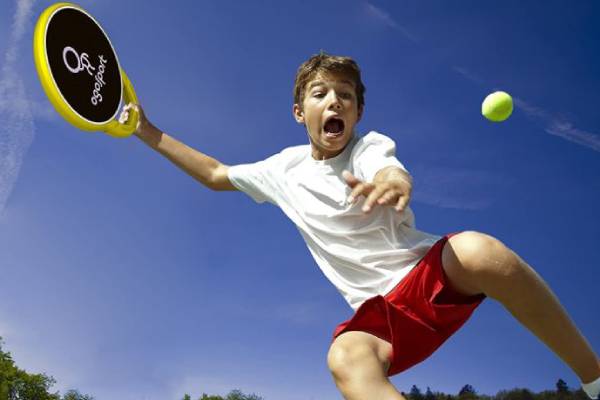
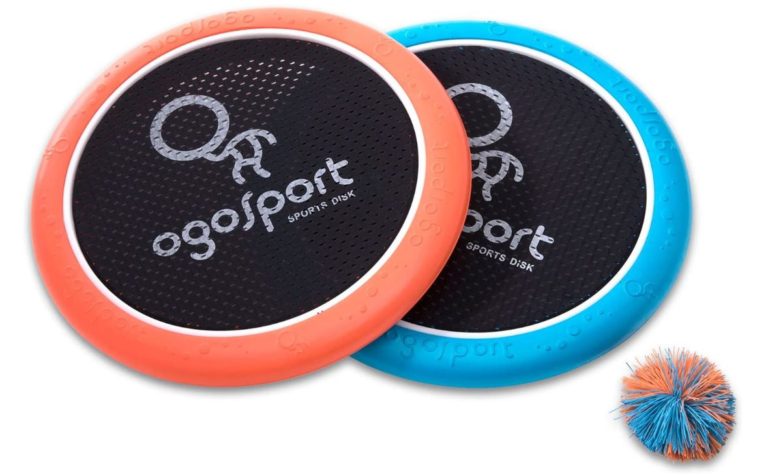
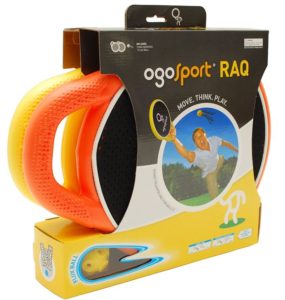
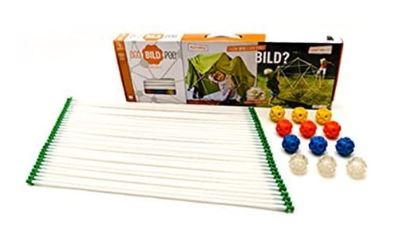
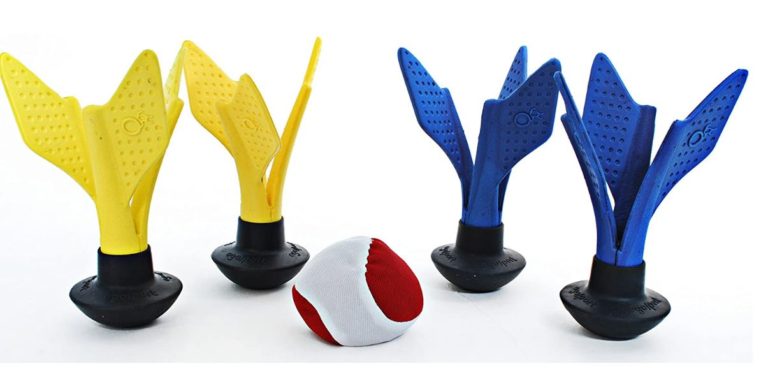
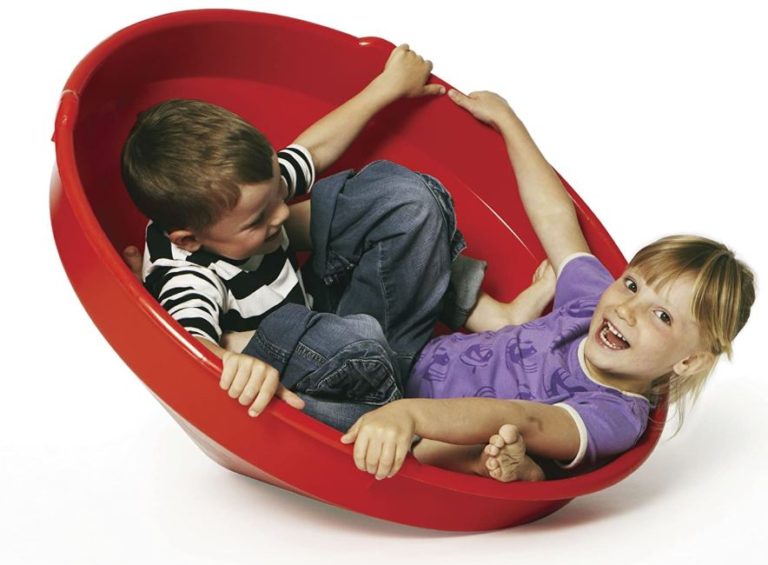
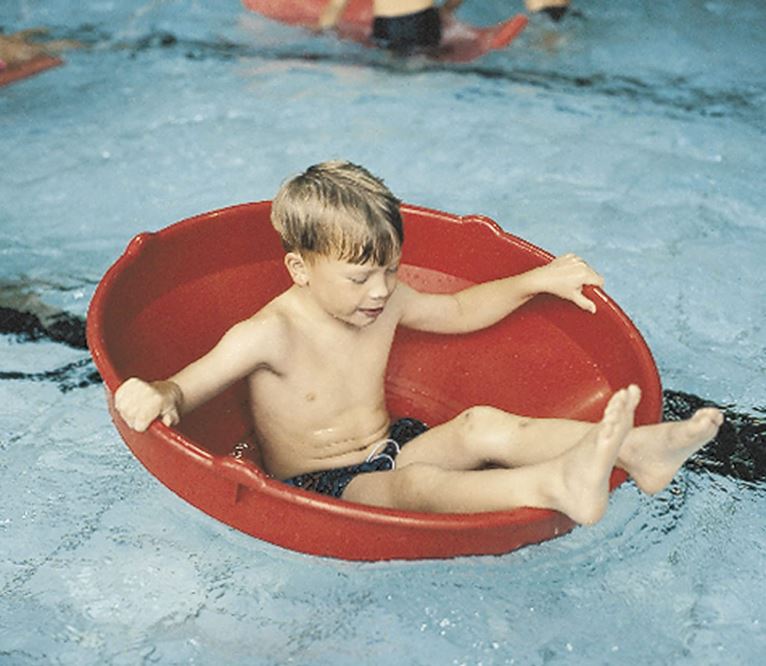
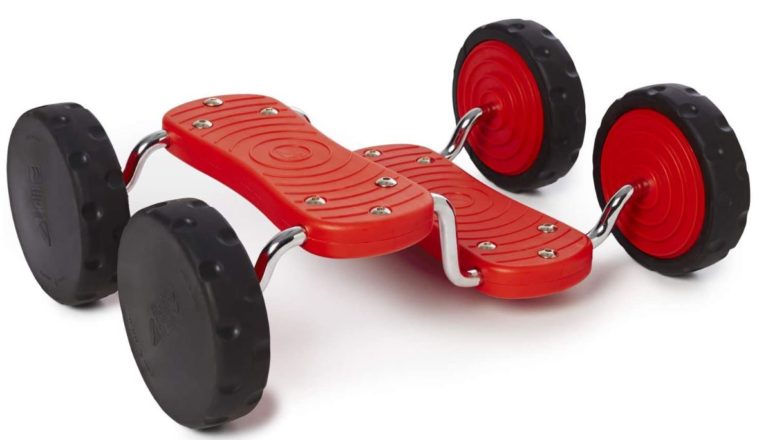
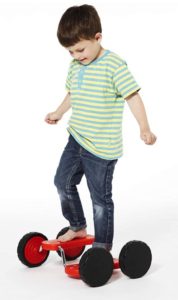
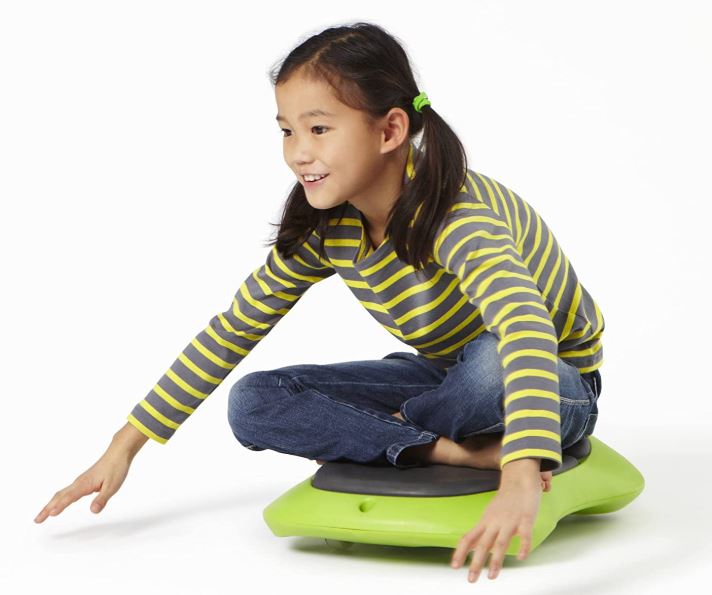
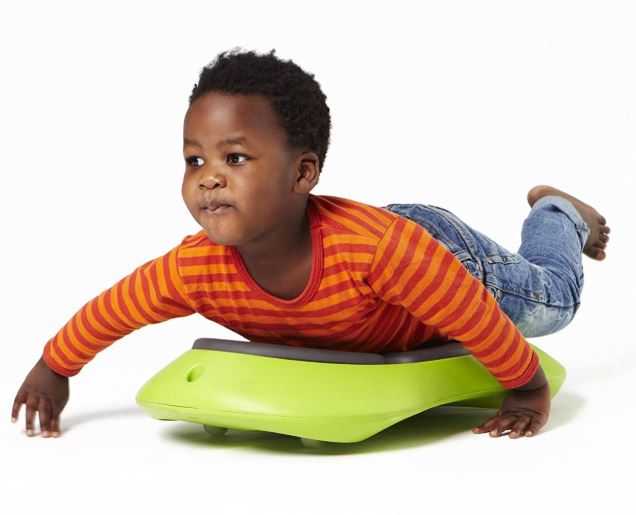


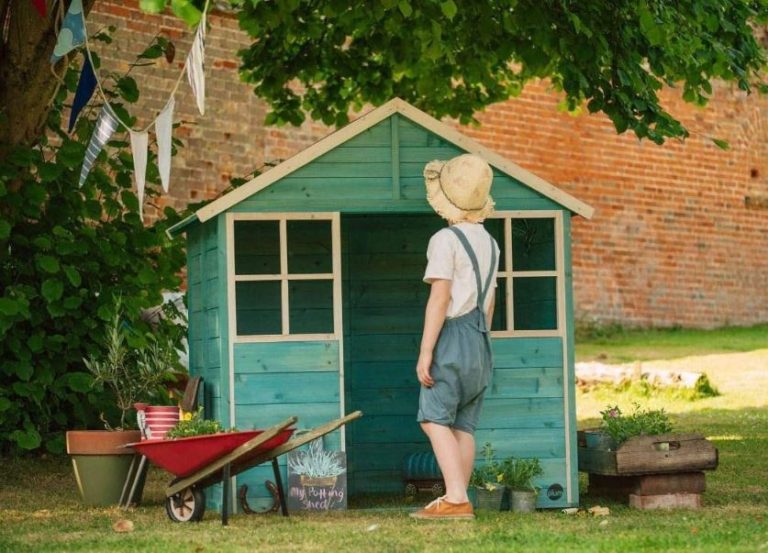





I totally agree with everything this article says! Do you also recommend putting kids in competitive sports when young?
It depends how young… from age 7 about if they show interest of course! Earlier, i aim to give them variety and a taste for as many sports and activities as possible…